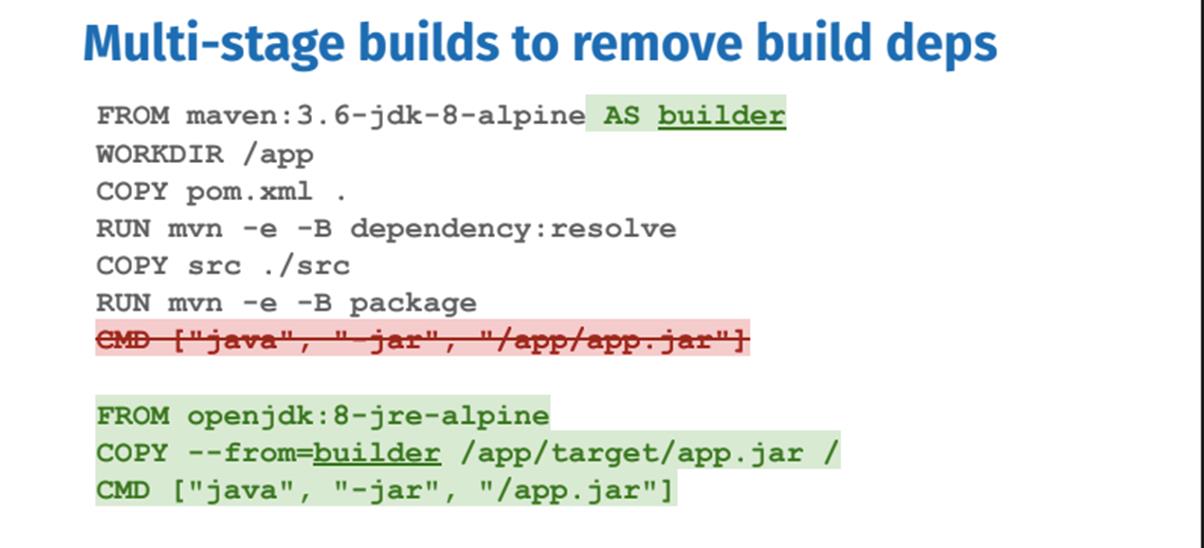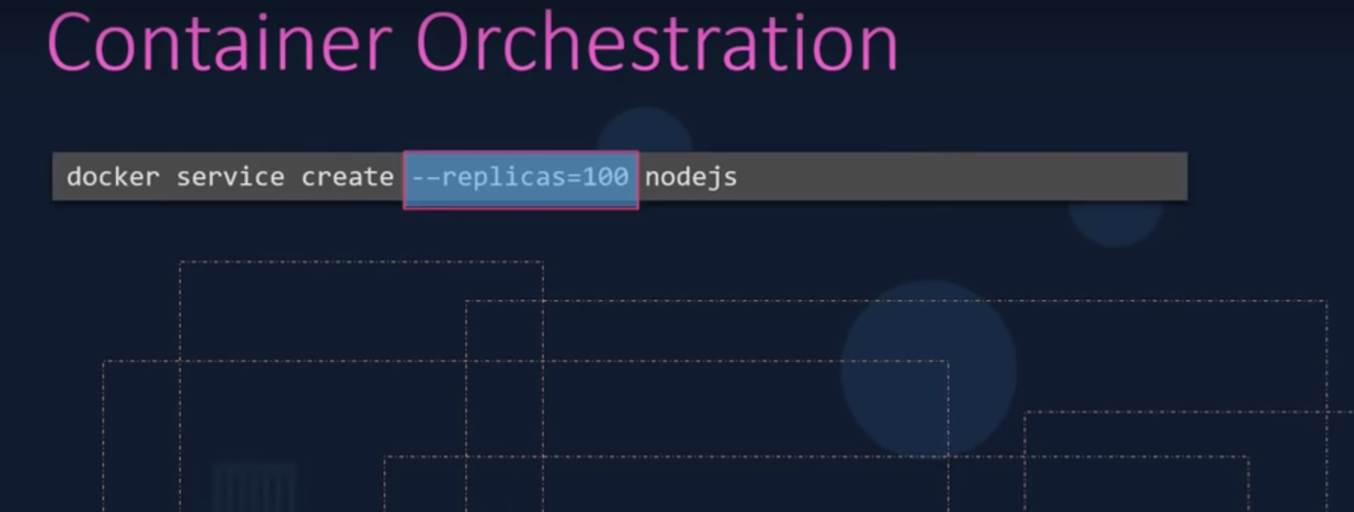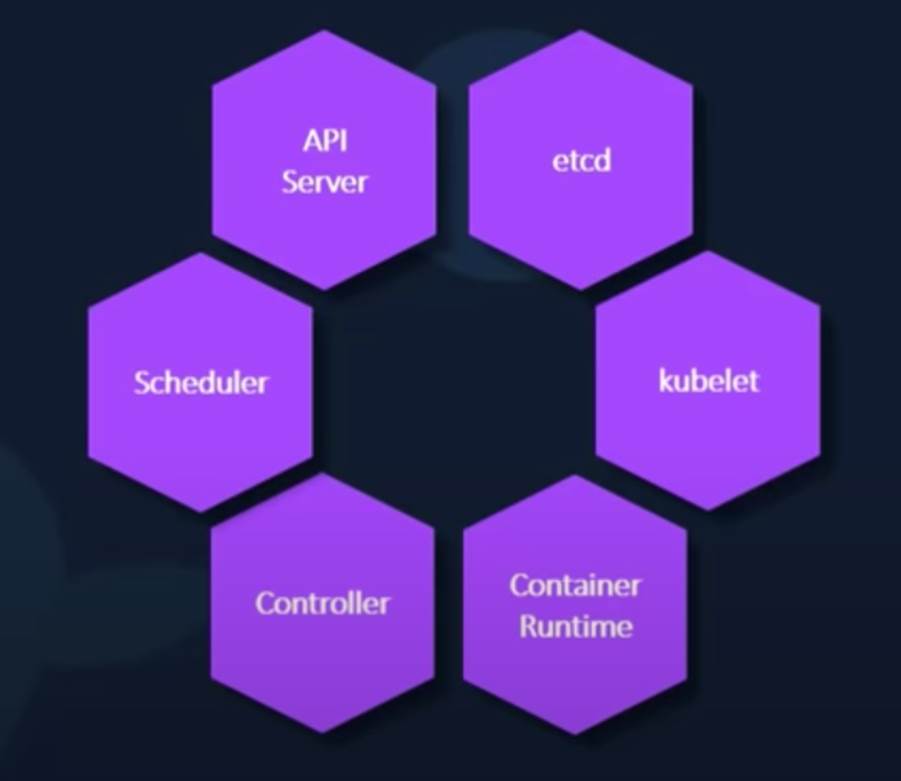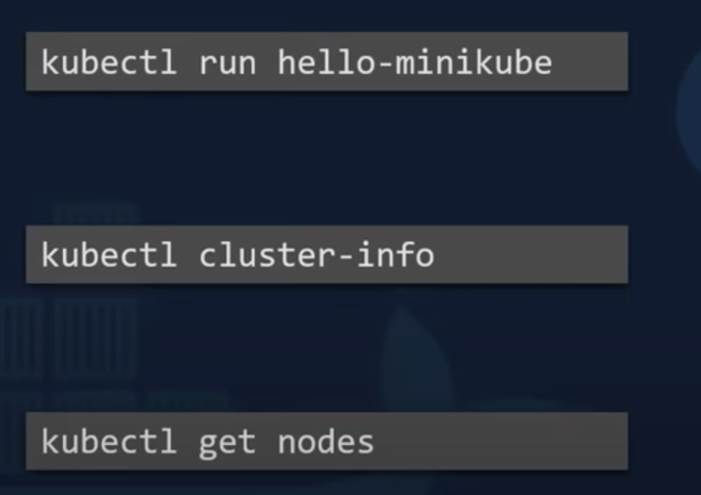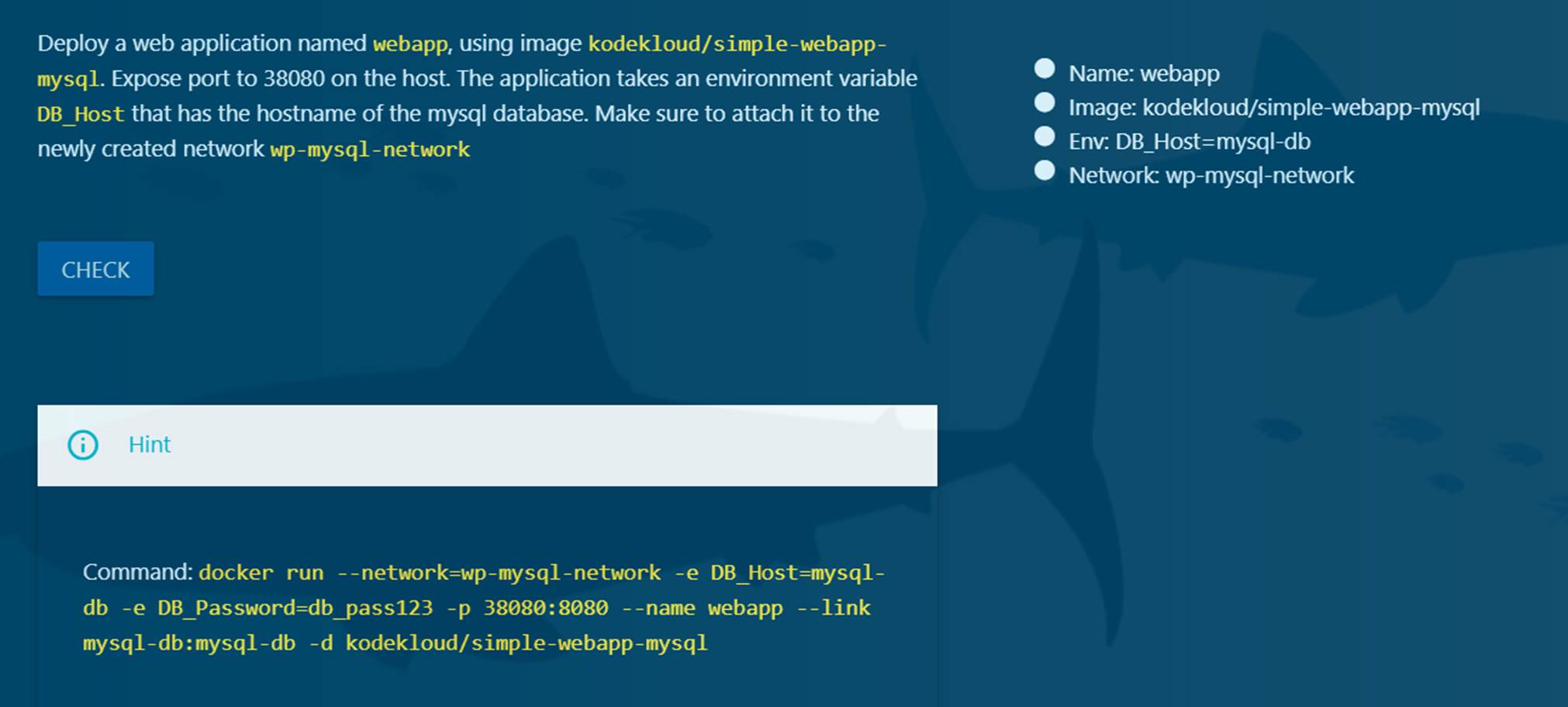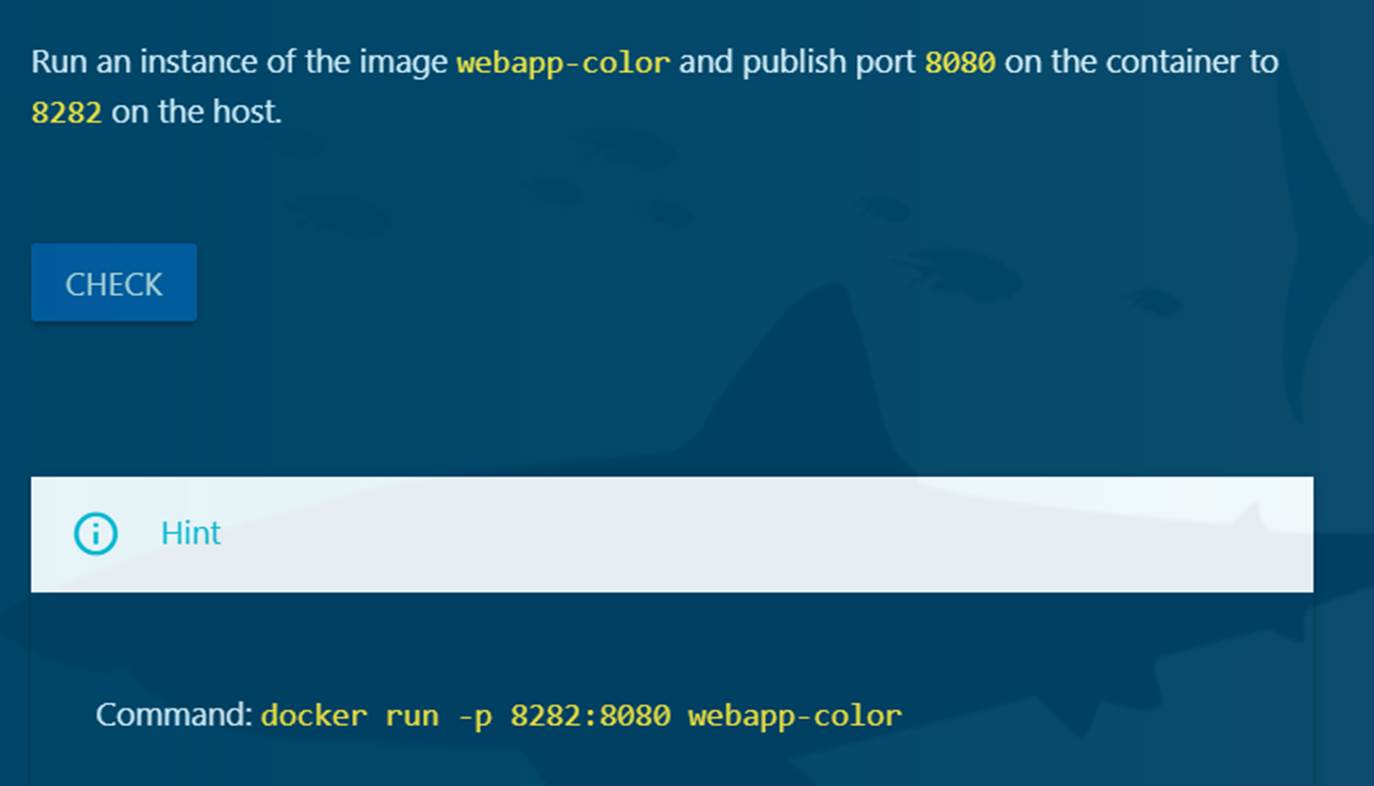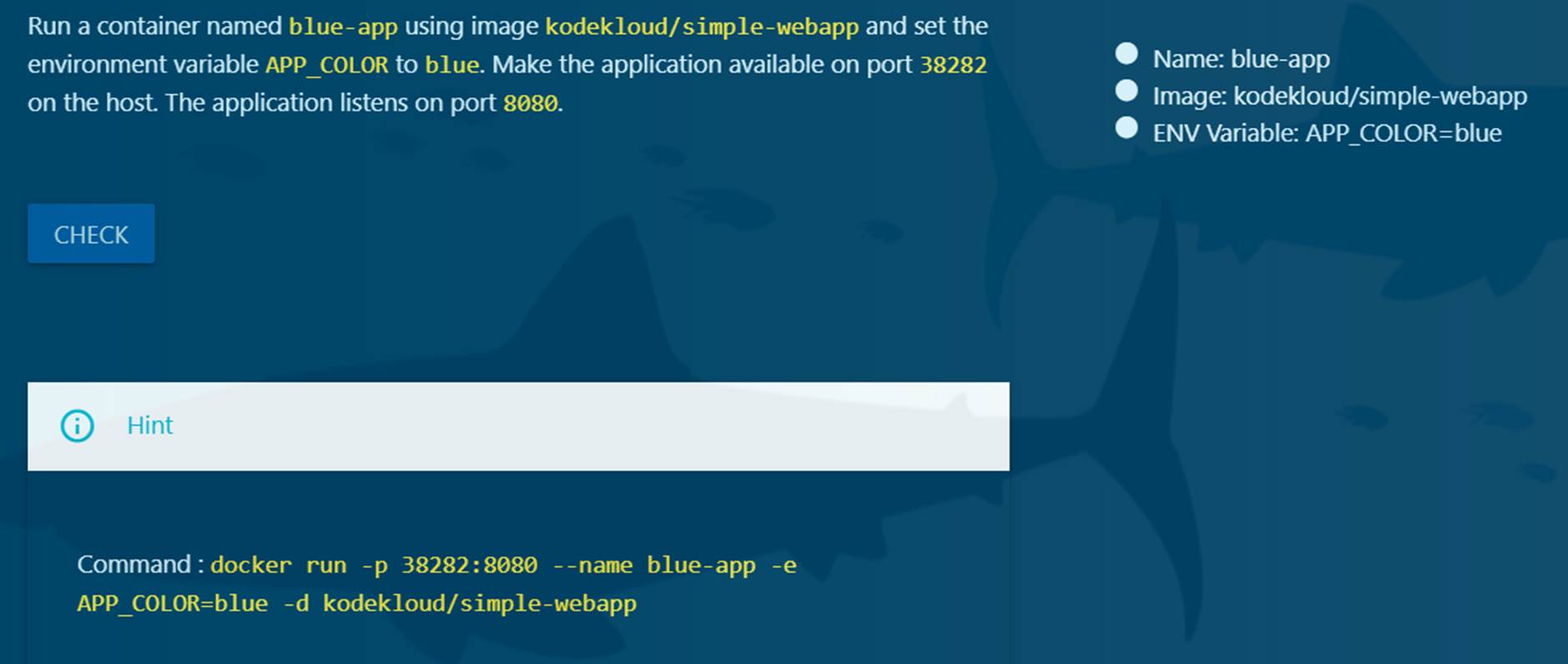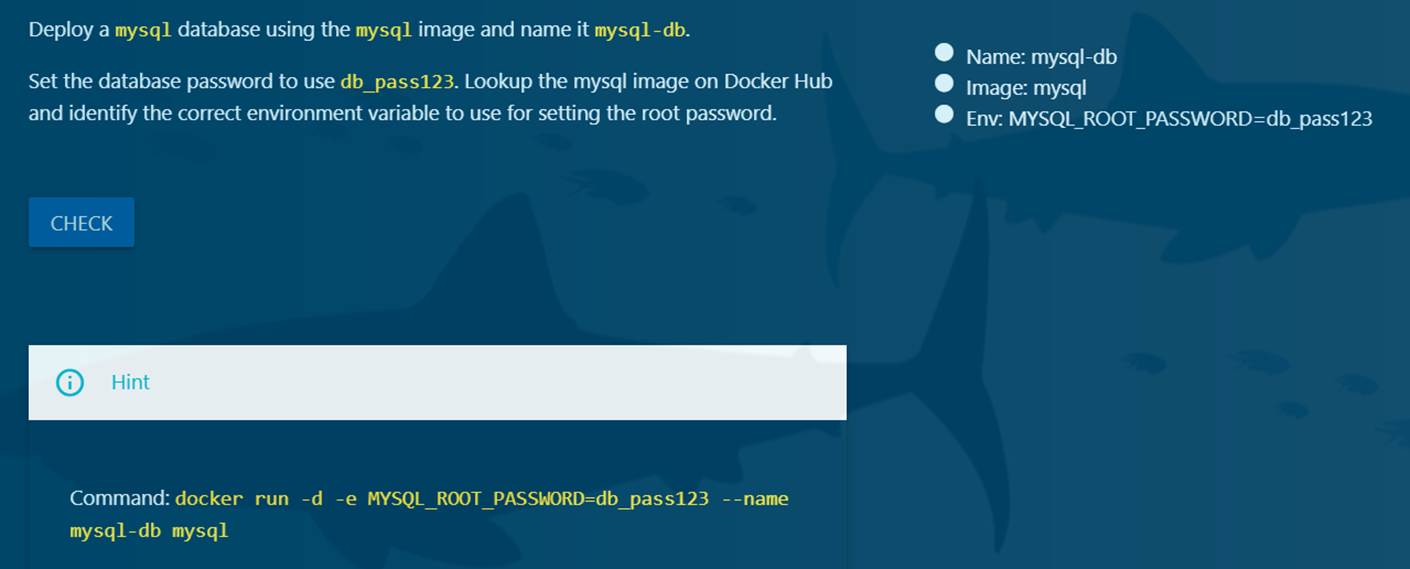|
docker-compose up
They have removed links from version 2 onwards, added feature depends_on
Looking at networks: how easy and innovative way
Container share the underlying OS kernel and as a result we cannot have a windows container running on linux host or vice versa.
|
|
|
|
|
|
|
|
Tip #1: Order matters for caching
Tip #2: More specific COPY to limit cache busts
Tip #3: Identify cacheable units such as apt-get update & install
Reduce Image sizeImage size can be important because smaller images equal faster deployments and a smaller attack surface. Tip #4: Remove unnecessary dependencies
. Tip #5: Remove package manager cache
MaintainabilityTip #6: Use official images when possible
Tip #7: Use more specific tags
Tip #8: Look for minimal flavors
ReproducibilityTip #9: Build from source in a consistent environmentThe source code is the source of truth from which you want to build a Docker image. The Dockerfile is simply the blueprint.
Tip #10: Fetch dependencies in a separate step
.Tip #11: Use multi-stage builds to remove build dependencies (recommended Dockerfile)
|
|
|
docker run --name alpine-2 --network=none alpine
docker network create --driver bridge --subnet 182.18.0.1/24 --gateway 182.18.0.1 wp-mysql-network docker run -d --name mysql-db --network wp-mysql-network -e MYSQL_ROOT_PASSWORD=db_pass123 mysql:5.6 docker run --network=wp-mysql-network -e DB_Host=mysql-db -e DB_Password=db_pass123 -p 38080:8080 --name webapp --link mysql-db:mysql-db -d kodekloud/simple-webapp-mysql docker run --network=wp-mysql-network -e DB_Host=mysql-db -e DB_Password=db_pass123 -p 38080:8080 --name webapp --link mysql-db:mysql-db -d kodekloud/simple-webapp-mysql
|
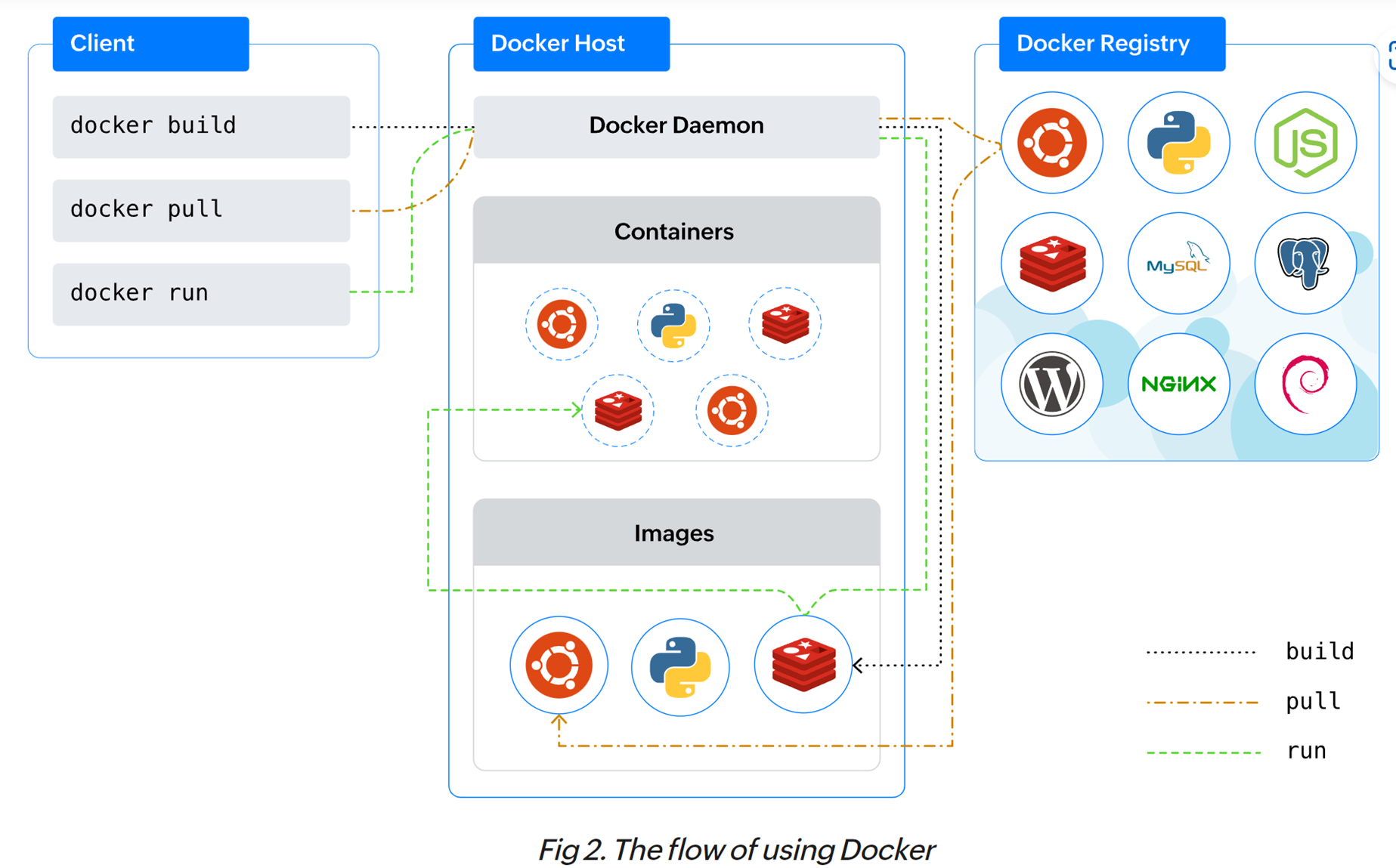
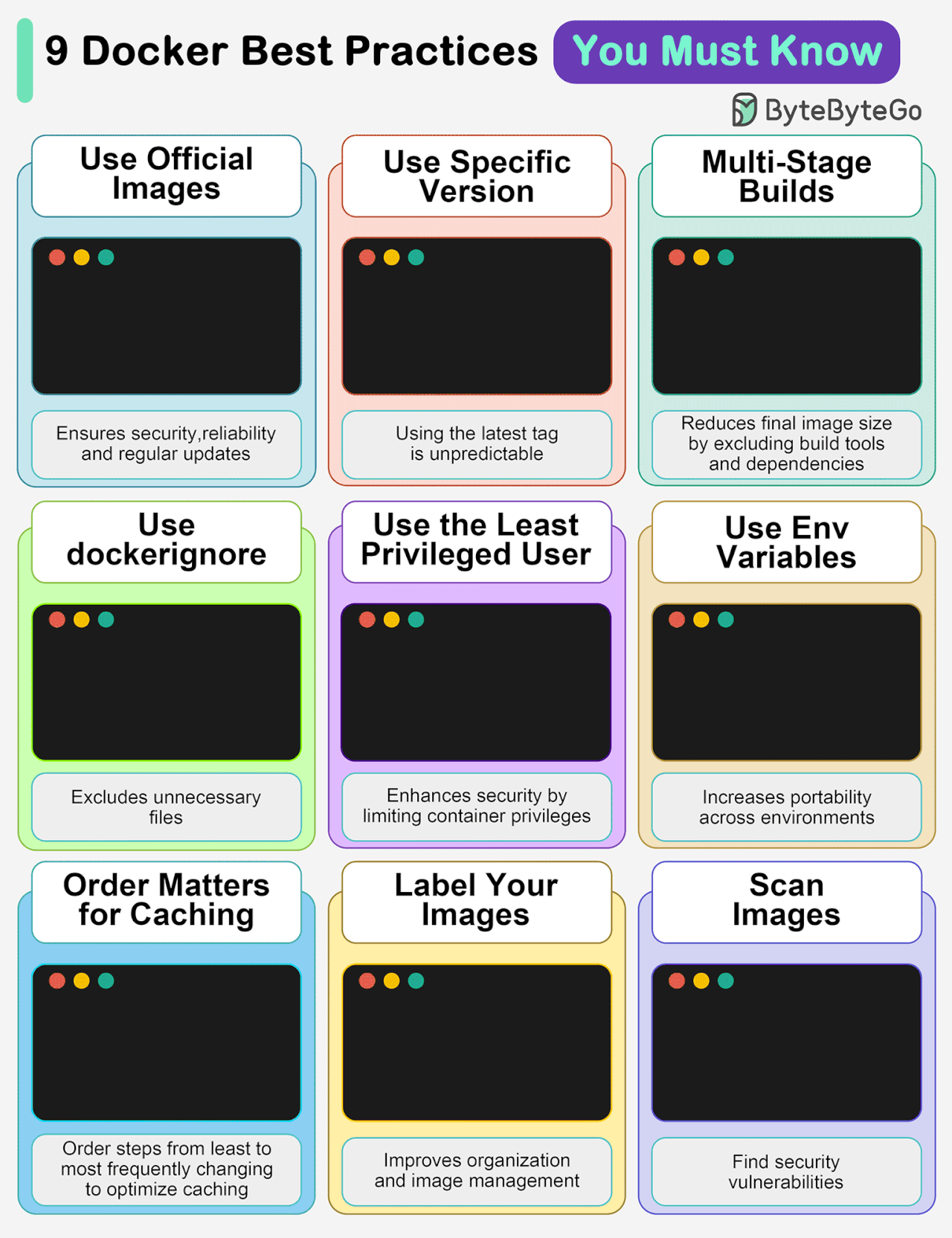
1 - Use official images
This ensures security, reliability, and regular updates.
2 - Use a specific image version
The default latest tag is unpredictable and causes unexpected behavior.
3 - Multi-Stage builds
Reduces final image size by excluding build tools and dependencies.
4 - Use .dockerignore
Excludes unnecessary files, speeds up builds, and reduces image size.
5 - Use the least privileged user
Enhances security by limiting container privileges.
6 - Use environment variables
Increases flexibility and portability across different environments.
7 - Order matters for caching
Order your steps from least to most frequently changing to optimize caching.
8 - Label your images
It improves organization and helps with image management.
9 - Scan images
Find security vulnerabilities before they become bigger problems.
Over to you: Which other Docker best practices will you add to the list?
--
We just launched the all-in-one tech interview prep platform, covering coding,
system design, OOD, and machine learning.


































